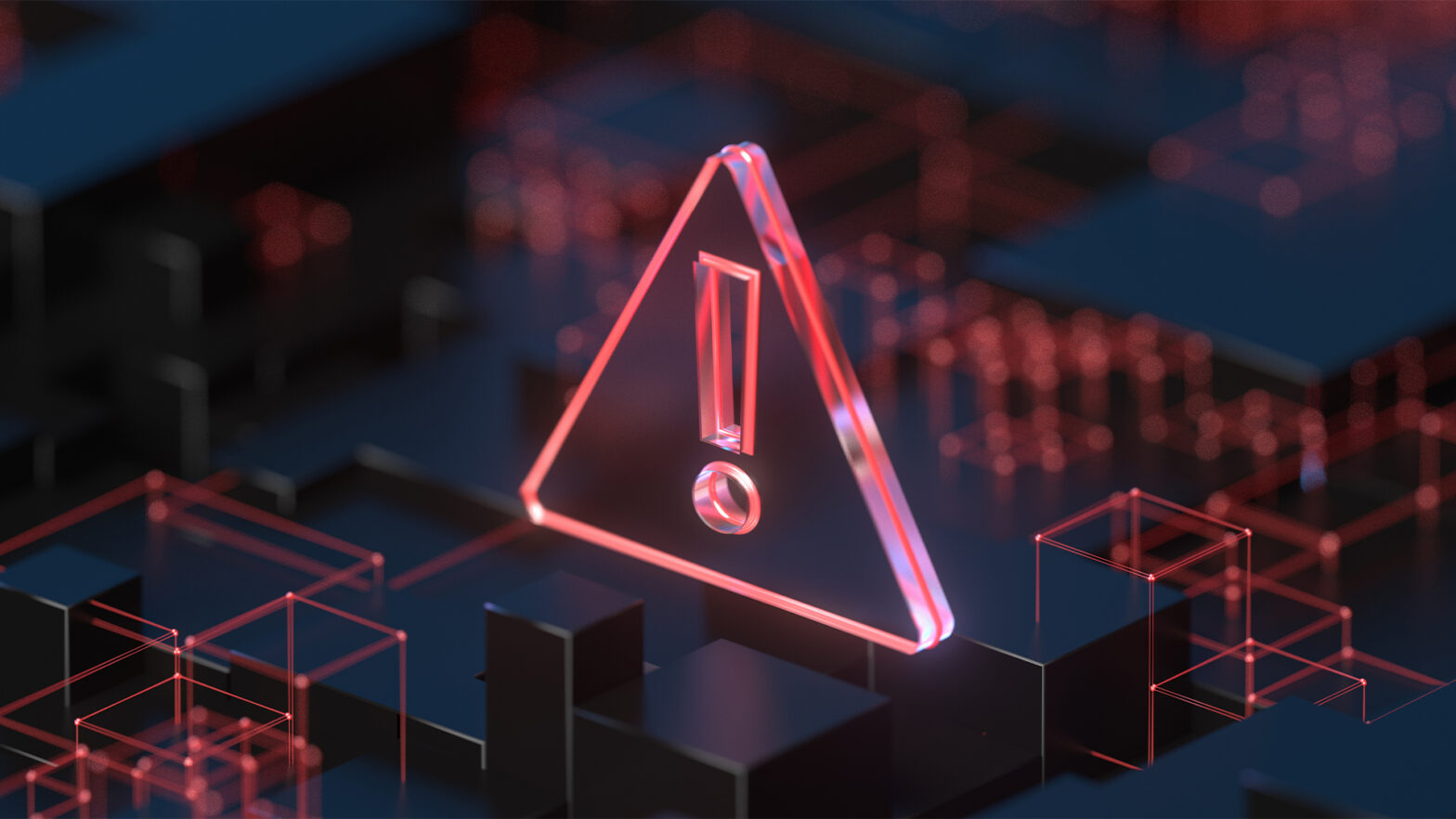

Artificial Intelligence (AI) is transforming the way we live and work. If you’ve used tools like ChatGPT, Microsoft Copilot, Google Gemini, or Jasper AI, or asked AI assistants like Alexa or Google Home to organise your daily routine, you’ll know about the enormous benefits AI can provide.
Whether you’re writing, coding, designing, or simply curious about a subject, AI models use natural language processing and deep learning algorithms to examine and understand a user’s query or instruction. But AI tools are only as good as the information – the prompts – you give them. Get this wrong and you won’t achieve the best outcome or receive the response you were looking for.
So how do you perfect the art of AI prompting and how do you go about it? Cybersecurity experts, ramsac, have drilled down into the world of AI prompting to help you get the most out of this powerful technology. Here, we’ll explore the dos and don’ts of prompting so you’ll master the language and know exactly what to say when you turn to AI for help.
The Dos of AI Prompting
For a prompt to generate a desired response, it must be highly specific. As technology author Rob May explains in his brilliant book, The Sandwich Shop of Prompting, the more information you feed AI, the better the outcome.
Effective prompting saves time and resources, enabling tasks to be completed quicker and with more accuracy, while also enhancing user experience. Whether a user opts for text-to-text AI or text-to-image tools, posing the right questions makes an enormous difference to the responses you’ll receive.
The following tips provide a helpful framework for creating effective prompts for all types of AI models.
Identify your end goal
Before you get started, you should identify the reason for your prompt and the response you hope to generate. For example, you may want AI to produce an informative guide to electric cars of between 1,500 and 2,000 words, or an AI image of a pink Highland Cow. Knowing precisely what you want a prompt to achieve is essential to a successful process.
Provide as much detail as you can
Avoid vague language when writing prompts by providing as much detail as you can to achieve the best result. Rob May uses the analogy of walking into a shop and asking for a sandwich. Guess what, you’ll get a sandwich but probably not the one you want. But ask for a prawn and avocado sandwich on granary bread with pepper mayonnaise and watercress, and that’s exactly what you’ll be served. Being specific about the important details such as features, colours, shapes, and uses while adding contextual background will always yield the best results.
For example, prompting ChatGPT to generate three ideas for Christmas presents for an uncle produced the following general result.

However, adding more details to the prompt generated a more suitable response that matched the uncle’s hobbies and pastimes.

Include keywords in your prompts
Because of the way search engine optimisation (SEO) works, adding keywords and phrases to your prompts can be hugely beneficial. Keywords act as a signpost by providing clarity about a subject, tone, and details you want the AI to prioritise. This will help your AI model better understand the vital details of the topic you’re researching, generate a better response containing more detail and information, and ultimately produce better content. For example, using precise terms like ‘Write a persuasive sales pitch’ or ‘Generate a formal business email’ enables the AI to understand the context and type of content you desire.
Keep prompts as concise & detailed as possible
AI prompts can be as simple as a single word or as complex as a long paragraph. While some AI platforms differ from others, the basic approach should be to keep the length of the prompt as short and to the point as possible, but pack in as much information as you can. Admittedly, longer prompts can provide AI with more contextual clues about the nature of your query. But short, concise prompts can also produce great results when you’ve mastered the AI’s language.
The Don’ts of AI Prompting
Whether you’re looking to use AI for content creation, data, analysis, or any other purpose, mastering the art of prompting will help you get the most out of this powerful technology. But just as there’s an optimum way to construct a prompt, there are also certain things look out for to help avoid disappointing results.
Avoid closed questions
We’ve examined the importance of details when writing prompts. Similarly, prompts that appear as simple ‘yes’ or ‘no’ questions are unlikely to elicit the response you’re looking for compared to more informed, open-ended queries. These types of queries will always generate more useful answers containing greater levels of information, details and better content in general. For instance, instead of asking AI, ‘Is too much sugar bad for you?’ you’d receive a more interesting and informative reply by asking ‘Why is too much sugar bad for your health and what is the recommended daily intake?’
Don’t use conflicting terms
Whether it’s streamlining complex work processes or helping us to shop, AI is super intelligent, and we’ve only just started scratching the surface when it comes to understanding its full potential. But AI models can also become confused when fed ambiguous prompts that lack detail and context. Therefore, always avoid conflicting terms in your prompts and provide clear instructions of what you want it to do. For example, using ‘exact’ and ‘estimate’ in the same prompt could confuse the AI and generate an unsatisfactory result. As smart as AI is, it isn’t perfect, and results can be varied and mixed when prompts contain conflicting terms.
Don’t overcomplicate things
Using overly complicated and complex language in your prompts may confuse the AI. Similarly, convoluted requests and waffle could be difficult for the AI to understand and may produce unsatisfactory results for the user. The golden rule is to use simple, clear instructions as these always generate better outcomes and content rich in detail.
Avoid ambiguous tones
Always clarify the tone of style you require in your response when crafting your AI prompt. If you don’t, you’re likely to receive a response that doesn’t align with your intended message. For instance, if you ask AI to ‘Write an email inviting someone to a meeting’ without specifying the tone, you could receive an overly formal response, or one that’s too casual. However, if you clarify the style in your prompt by asking ‘Write a friendly but professional email inviting someone to a meeting,’ the AI will strike a balance between warmth and professionalism in a well-matched response that aligns with your audience’s expectations.
Whether you want your AI to automate repetitive tasks, manage data entry, personalise your online shopping experience, control your smart devices, or make recommendations for recipes or hotels, it’s vital to have well-crafted prompts. After all, AI prompting is like a conversation starter, and what and how you tell it something can have a dramatic effect on the output. Learning these tricks and skills is a gateway to becoming a proficient prompt engineer, so you can confidently and creatively navigate the vast AI landscape.

Technology
25 March 2025
Ransomware-As-A-Service Variants on the Rise With Critical Infrastructure Providers at the Greatest Risk

Business Advice
25 March 2025
Claims Processing Automation: How Insurers Can Cut Costs and Improve CX

Technology
18 March 2025
Secret Signs Your Internet Security Has Been Compromised






















